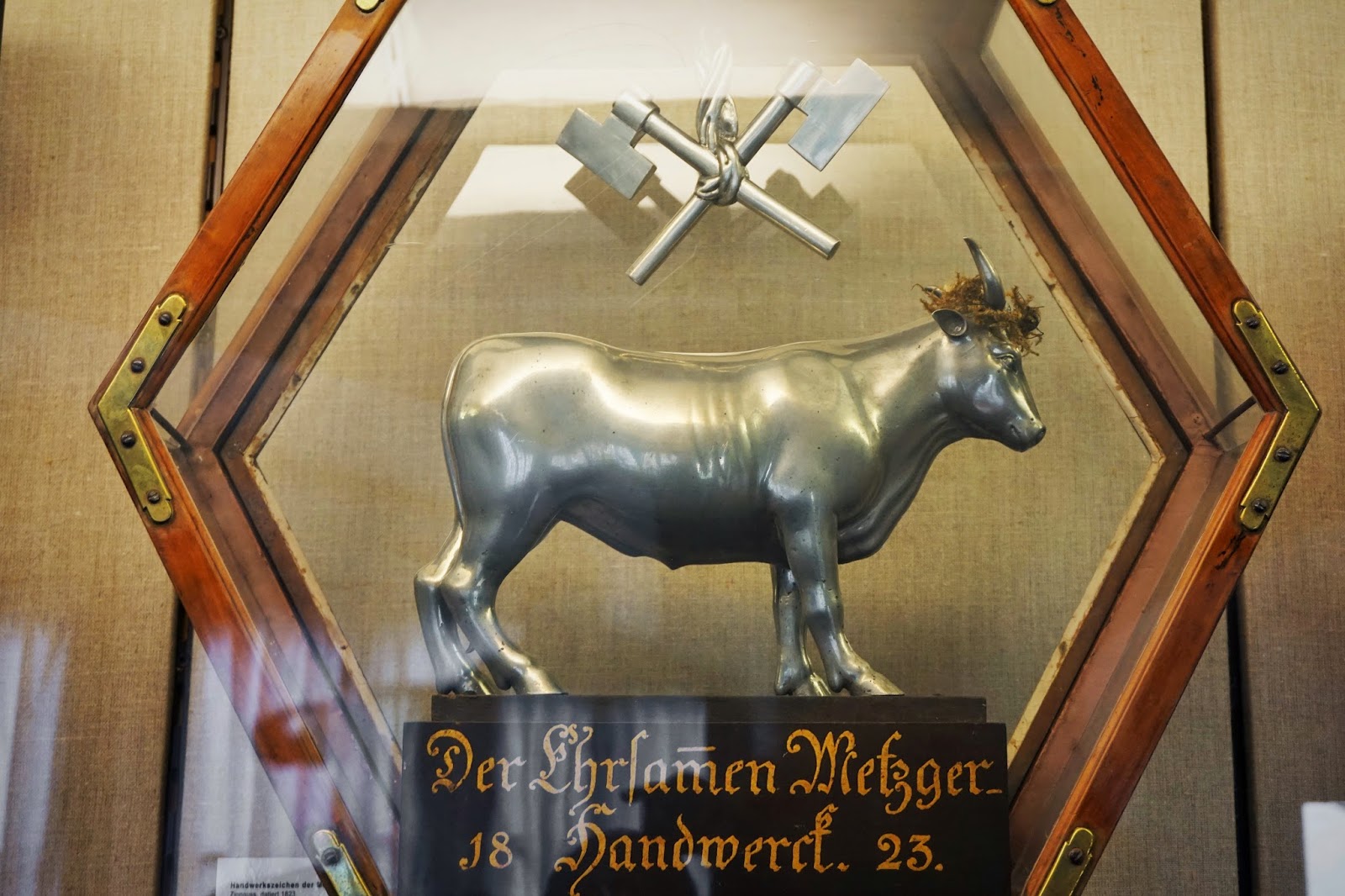Life in Medieval Villages and Towns
Life in a medieval
village was hard. People all had to work
for the lord. They were not allowed to leave
the village without the lord’s permission.
They had to work all the time growing crops for the lord. They gave some of the crops to the lord, and
some they got to keep. Each family had
their own farming strip where they could grow crops. The villages usually had a mill where they
would grind grains. They would have
animals eat grass around the mill.
Villagers had to
sleep with their animals. The animals
would sleep on one side of their house, and they would sleep on the other. In the village the villagers’ houses were
only one room. They would have a hole in
the roof so that the smoke from fires would go out. The walls of the houses were made out of dung
and mud. The roof was made out of straw.
The lord owned all of
the people’s land. They also controlled
all of the people. That is why all the
villagers had to work for the lord and give him some of their crops. During the winter the villagers would have to
work hard to stay alive. Sometimes the villagers
would slaughter one of their animals and eat it because they didn’t have lots
of food. They would also use animal skin
to make warm underclothes.
In the towns things
were different. The streets were covered with people. The houses had more than one room and were
more than a story high because there was not much space. Instead of having wide
houses they had tall houses which took up less space and they could fit more
people in one area. There were many different kinds of people. There were beggers,
rich men, and foreign traders.
Medieval Inn, Rothenburg ob der Tauber, Germany
Rothenburg ob der Tauber
Trading goods from far away were brought on
horseback. One of the shops was called
the tanner shop. That is where people
made leather. There were also butcher shops where townspeople got meat. All
around the towns there were buckets of water in case of fires. There were signs
on stores with pictures so people who couldn’t read would know what the shop
sold. Those are some of the facts about villages and towns.
Medieval butcher shop sign
Griffin Inn, Rothenburg ob der Tauber
There are six
different things that townspeople would look out for when they were going to build
a town. The towns were made near castles for protection. They would also build
on top of mountains so that intruders would have to climb the mountains and
also they could shoot down on the intruders. They would build a wall around the
town so intruders couldn’t get in.
Building near rocks was good because they could build houses with the rocks.
The rocks could also work as obstacles for intruders. Building near a forest was
very smart because they needed wood for weapons, fire, and also for building
houses. They needed fire to keep warm and for cooking food. Most towns would build
near water so that they had water close for drinking and so that intruders would
have to get over the water to attack.
Lucerne, Switzerland
is a great example of a town that was built with these six things in mind. It is near a forest and also has a big river
running through it and a lake in front of it. It is also built on a
mountain. Though it does not have a
castle near it, it basically was a castle. It once had a wall that surrounded
it. One town that still has its medieval wall is Rothenburg ob der Tauber,
Germany. Lucerne has a grass plane so that townspeople could build crops. They
have a mill that is powered by water. That is why Lucerne is such a good
example for a town that is built in a great place.
Town wall, Rothenburg ob der Tauber
As
towns became larger more people became more independent. Fewer people had to work for the lord, and more
people got to work for themselves. That happened with the end of the Middle
Ages. Now people are free.


.JPG)


.JPG)
.JPG)



.JPG)
